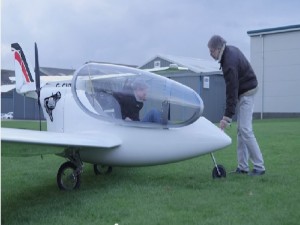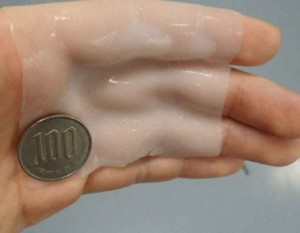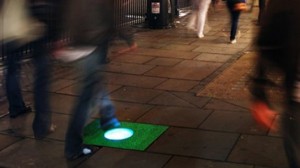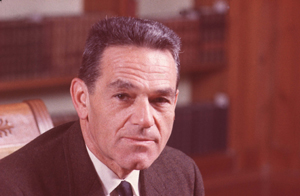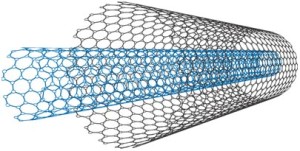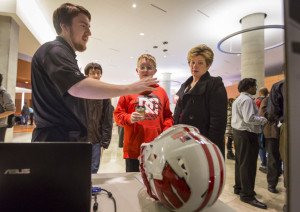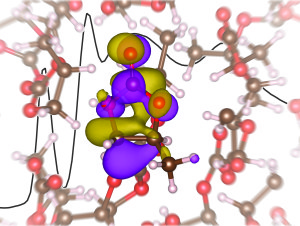As the year comes to a close, we’re looking back at some of the greatest innovations and discoveries that have happened in science. While we reflect on these amazing developments, we only have one question: what’s next?
Scientific American’s Stop 10 Science Stories of 2014
The team at Scientific American is reflecting on some of the greatest breakthroughs and scientific developments that will have long-lasting implications. They’re covering everything from synthetic chromosomes to gravitational waves.
Top 10 Patents for 2014
We’re closing out the year by looking back on the greatest innovations from all over the world. From alternative energies to drones and robots, these patents may just be the best inventions from 2014.
The Most Amazing Science and Technology Images of the Year
We’ve been talking about the intersection of art and science recently, and 2014 had a lot to show for that topic. Thankfully, Popular Science has rounded up some of the most mind-blowing images for us. Thanks guys.


